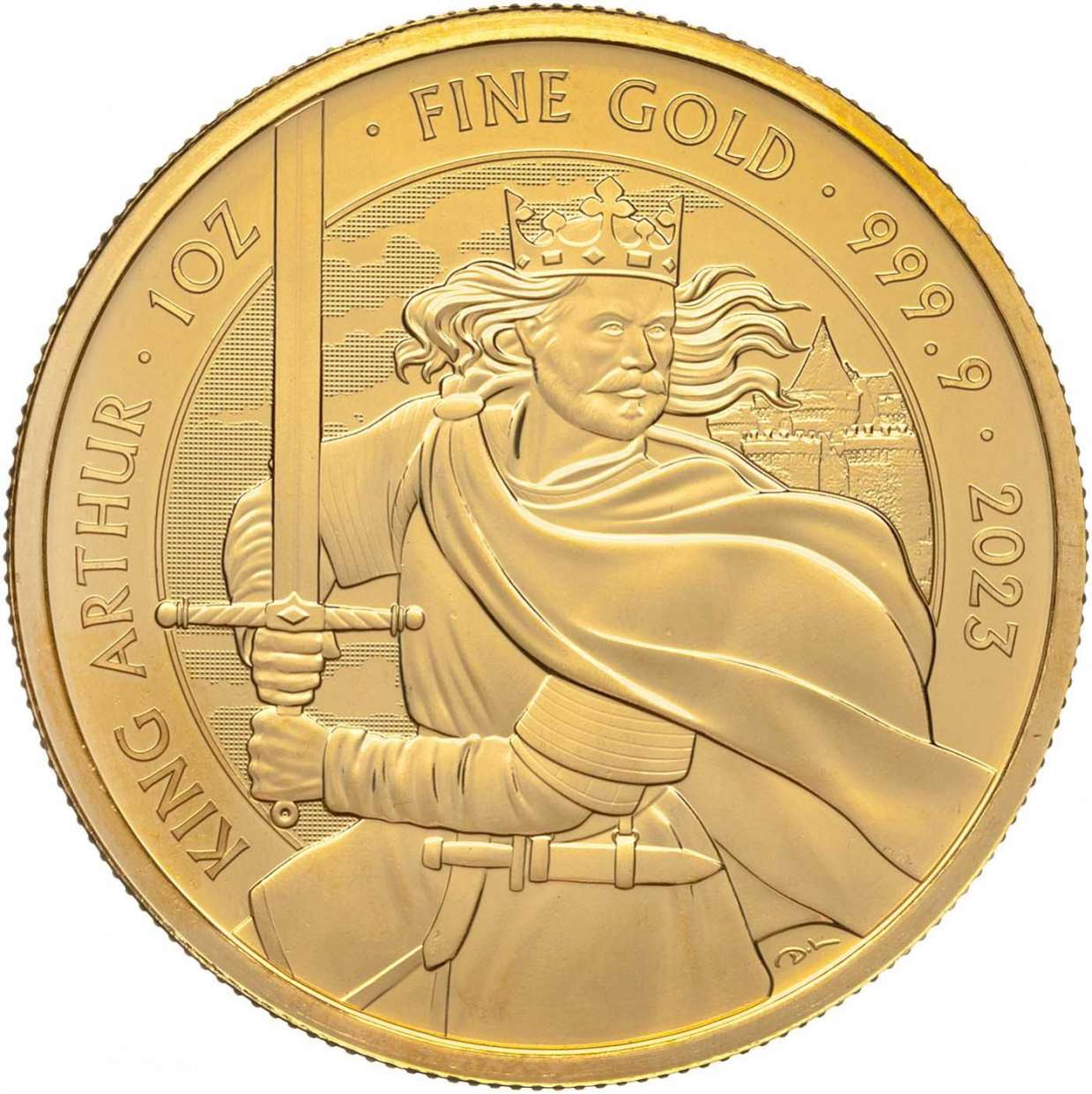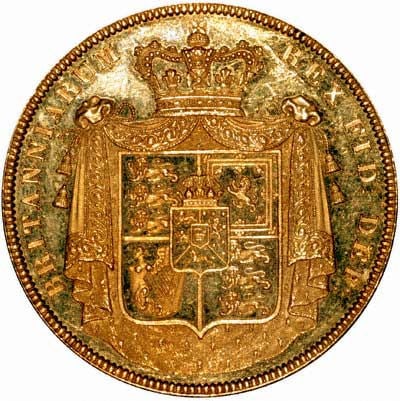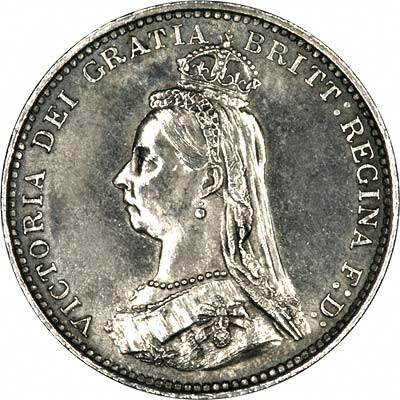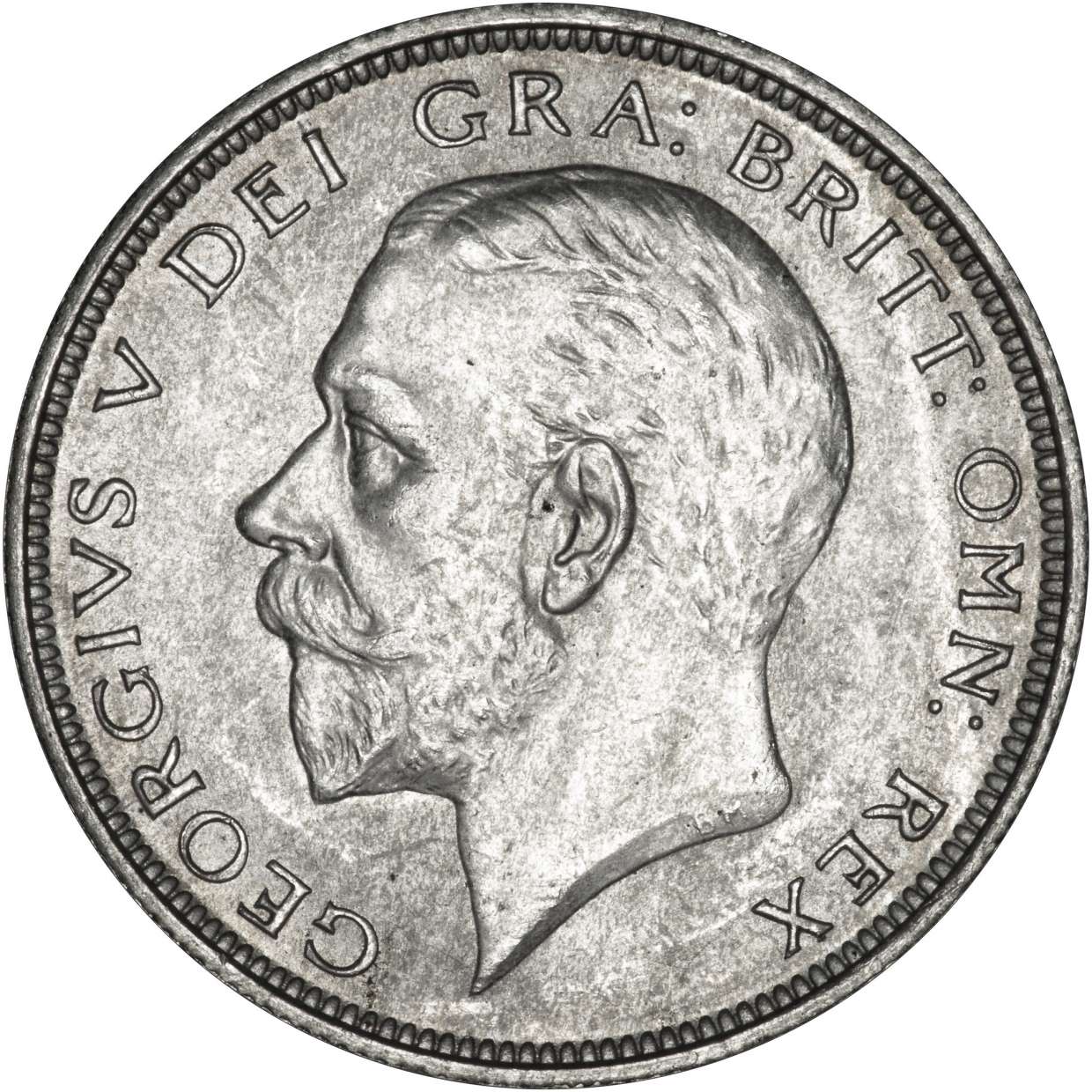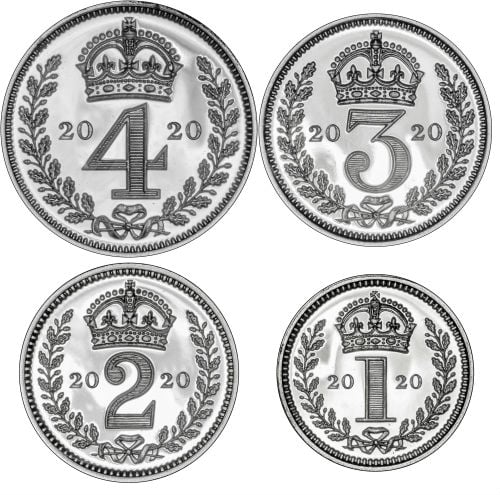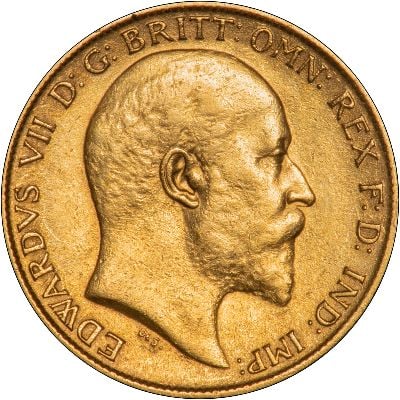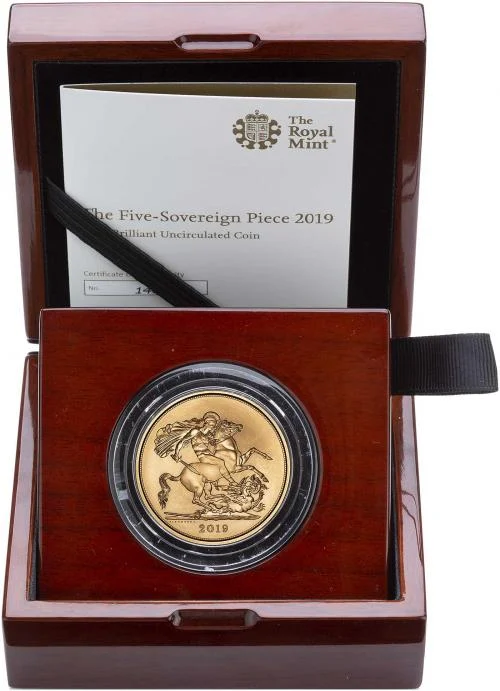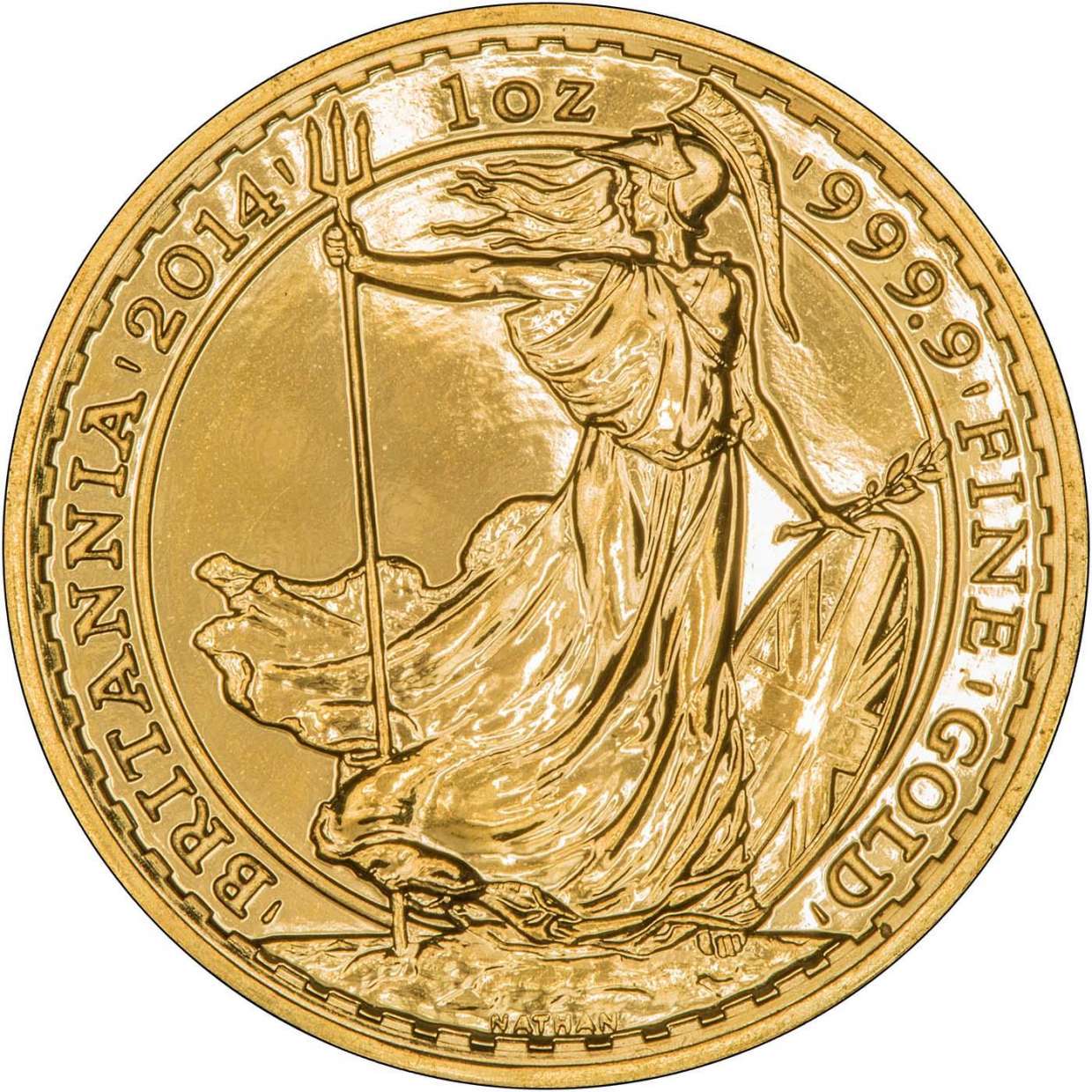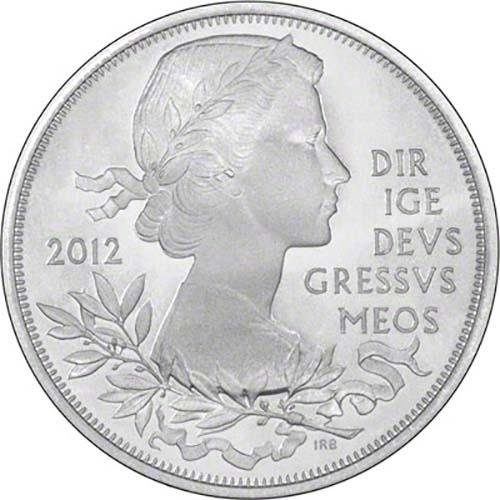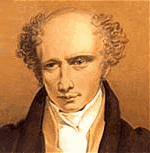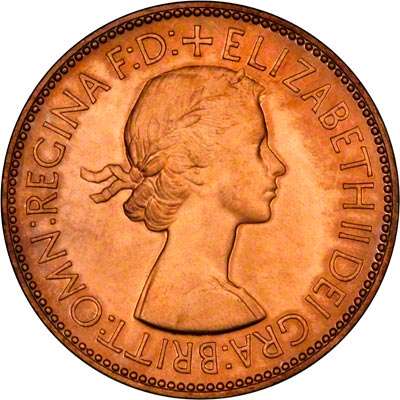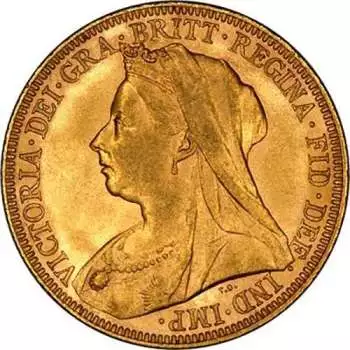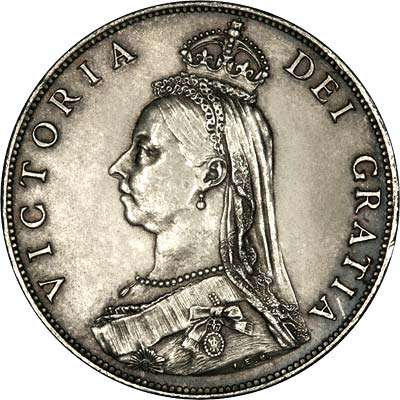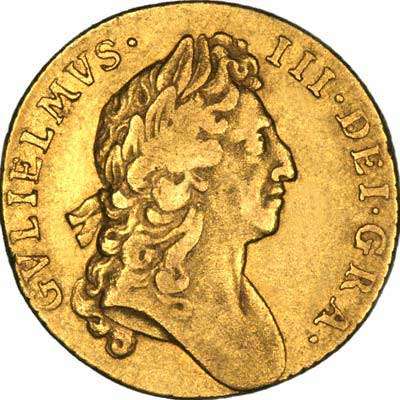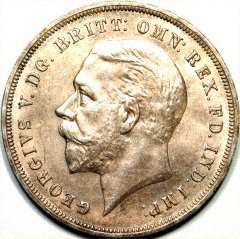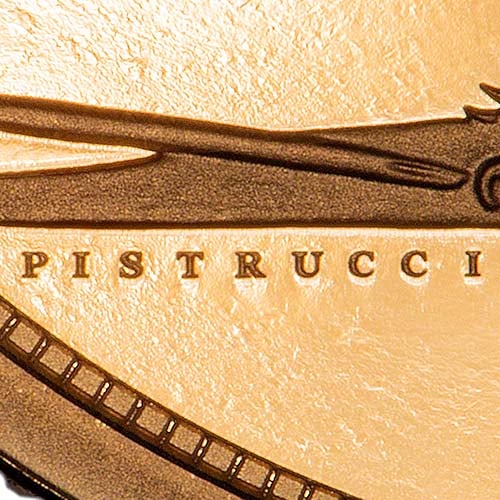The Parthian Empire & Coins
Synopsis
Parthia was an implacable enemy of Rome, and unlike most of Rome's enemies, was never subdued or conquered by the Romans. Click to read more about Parthian empire and coins.
The Parthian Empire came into being following a series of events during the Third Century B.C, begining with the seccession of the satrapy of Parthia from the Selucid Empire, when the Satrap, Andragoras, rebelled and declared the province an independent kingdom.
Taking advantage of the absence of Selucid power and authority, the powerful Parni Tribe, led by Arasces, founder of the Arascid Dynasty, rebelled in turn against Aragaroras, who was defeated and killed, with his territories falling into the hands of Arasces. However, Arasces II, a succesor to Arasces I was defeated by the Selucid Emperor Antiochus III.
Rather than destroy the Arascids and install his own governors however, Anticochus III was satisfied with turning the nascent Parthian Kingdom into a vassal, whereupon the Selucids withdrew.
The Parthians would not fully achieve their aim of throwing off their Selucid overlords until the reign of Phraates II, who in 128 B.C, defeated and killed Anthiochus VII, who had launched an expedition to humble Parthia and bring it more firmly under Selucid control.
The Parthian Empire was now in the ascendent as its Selucid predecessor and rival was in decline, and which whose death blow was finally delivered by the Romans in 63 B.C.
Under Orodes II, The first serious clash with the Romans occured when the Triumvir Marcus Licinius Crassus, seeking some of the military glory of his fellow Triumvirs, went to war agains the Parthians and was fatally vanquished at the Battle of Carrhae in 53 B.C. (Which was an important factor in triggering the Civil War between Julius Caesar and the Optimates, which would eventually lead to the downfall of the Roman Republic and the rise of the Roman Empire).
For the rest of the Parthian Empire's existance, their relationship with Rome was a combatative one, alternating between warfare and uneasy truce. Much of the conflict between Parthia and Rome centred around who controlled the client kingdom of Armenia, which served as a buffer between the two Empires. Parthia often proved to be more than a match for the might of Rome's legions, as its horse archer and cavalry tactics were well suited to the vast tracts of open terrain in the East. The importance of the archer to Parthia is reflected in its coinage, which often features a seated archer on its reverse.
The Parthian Empire under the Arascid dynasty came to an end in 224 A.D. In a manner not to dissimilar to the way the Parthian Empire came into being, the Empire was brought down from within by a rebellious vassal dynasty, the Sassanids under Ardashir I, who took over most of the territories of the former Parthian Empire. In contrast to the philhellenic (lovers of greek culture) Arascid dynasty, the Sassanids were Persian to the core, and eventually supplanted the largely Greek culture of the Parthians with a resurgent Persian one.
Parthian Coins
The coinage of Parthia was based primarily on the Greek system, with drachms and tetradrachms (one and four drachms respectively). It can be quite difficult to identify and date Parthian coins, as most kings of Parthia took the official name of Arasces. However, for Tetradrachms at least, dating the coins is made easier by the fact that the Arascids dated their coinage with Greek lettering, using either the Selucid system (beginning in 312 B.C.) or the Parthian system (beginning in 247 B.C, with the founding of the Arascid dynasty). Unfortunately, Drachms were almost never dated, which can make identifying them extremely difficult for someone who is not a specialist in Parthian coins. Nevertheless, Parthian coins are relatively inexpensive compared to their counterparts in other ancient empires (particularly Roman), and this, together with the fact that the Parthians were well known as one of Rome's most dangerous and implacable opponents, makes them an interesting acquisition for any collector of ancient coins.
Parthian Tetradrachms
The Kings of the Arascid Dynasty were philohellenic (lovers of greek culture) and their coins reflected this. The seated figure is reminiscent of the seated Zeus figure that was a common feature of the reverse of Alexander the Great and later Tetradrachms from earlier eras, the script is also Greek.
View silver tetradrachms here.
Related Blog Articles
This guide and its content is copyright of Chard (1964) Ltd - © Chard (1964) Ltd 2024. All rights reserved. Any redistribution or reproduction of part or all of the contents in any form is prohibited.
We are not financial advisers and we would always recommend that you consult with one prior to making any investment decision.
You can read more about copyright or our advice disclaimer on these links.

